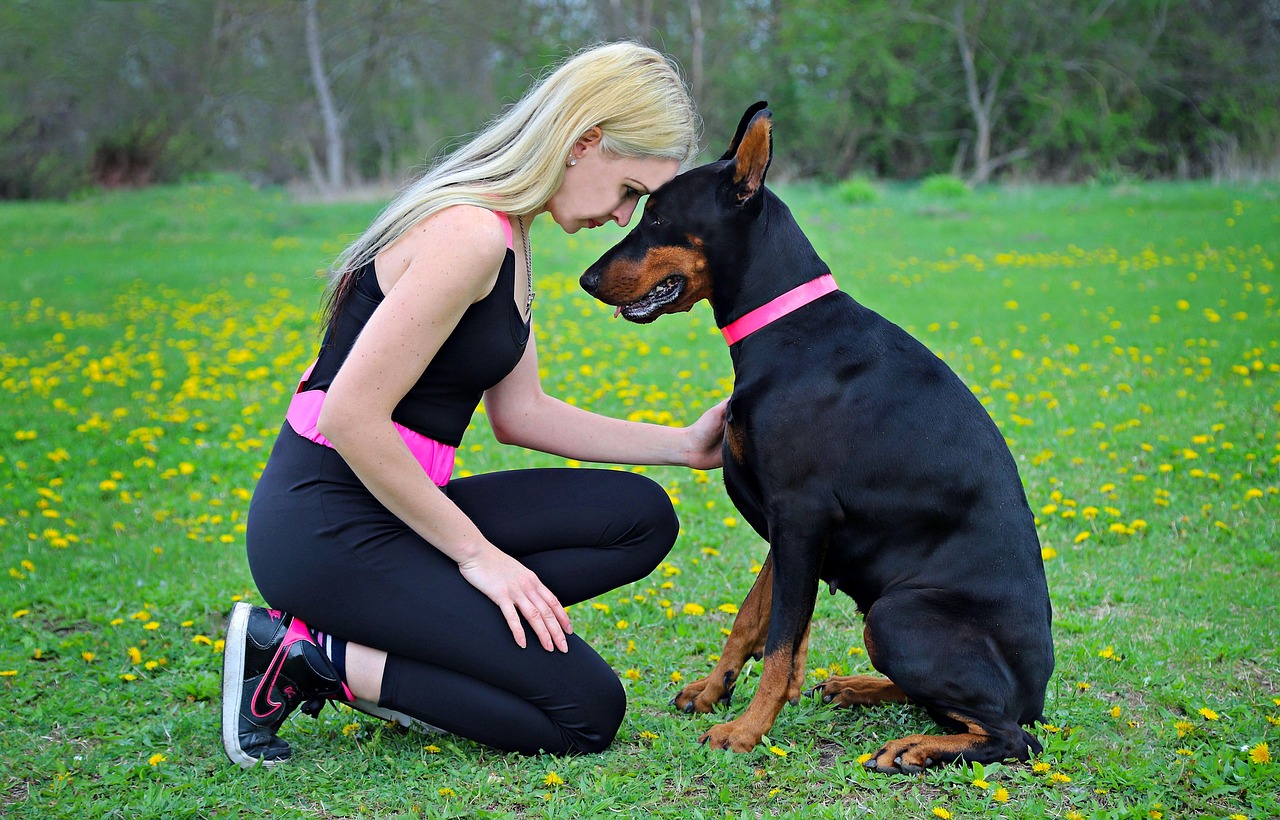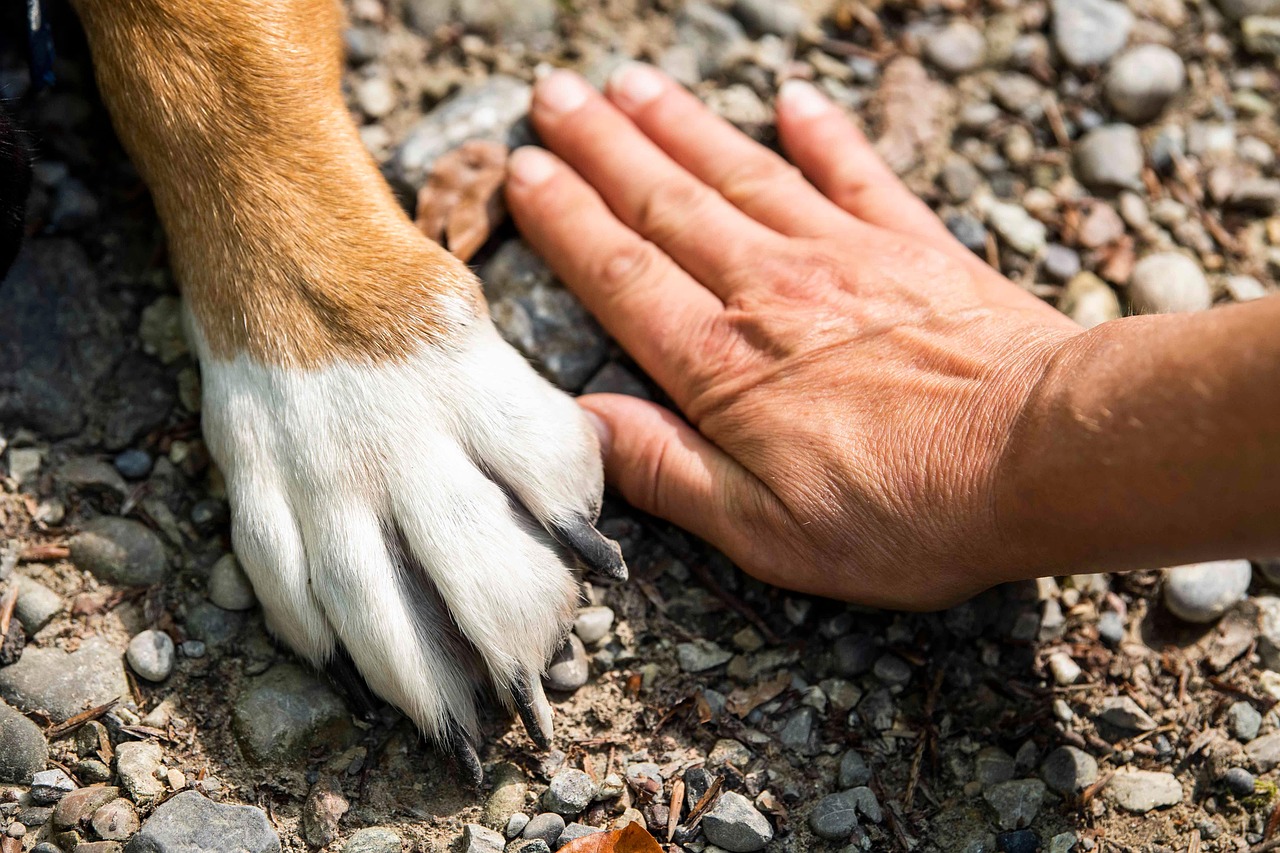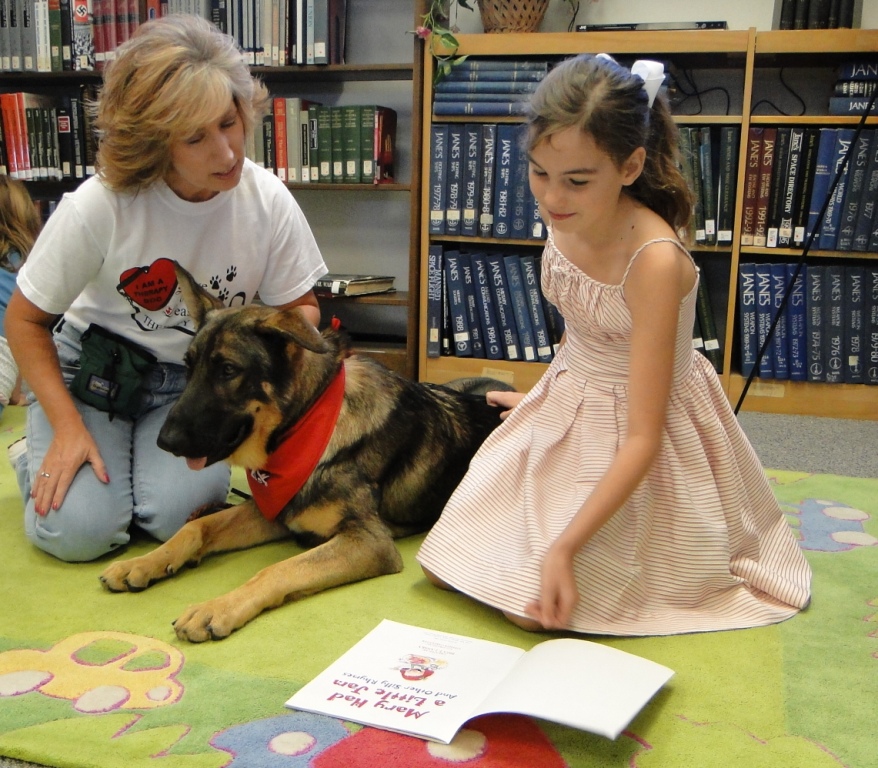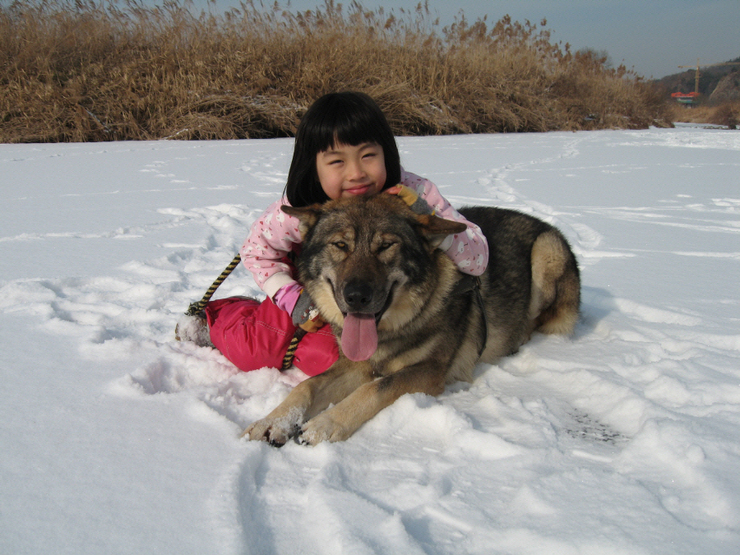You walk through the door after a terrible day at work, shoulders slumped, feeling defeated. Before you even speak a word, your dog appears at your feet with that knowing look – those gentle eyes that seem to see right through your facade to the pain beneath. They lean against your leg and somehow, in that silent moment, you feel less alone. How do they do it? How do dogs possess this almost supernatural ability to read our hearts when we haven’t said a single thing?
The answer lies in a fascinating web of science, evolution, and the deep bond we’ve forged with our canine companions over thousands of years. Dogs don’t just live with us – they study us, decode us, and respond to our emotions in ways that would make even the most skilled therapist envious. Let’s dive into the remarkable world of canine emotional intelligence and discover why your dog might just be your most perceptive family member.
The Science Behind Their Emotional Radar

Dogs have been empirically shown to be particularly sensitive to human emotions, and modern research reveals just how sophisticated this ability really is. Studies have found that dogs use three main senses – sight, smell, and hearing – to determine human emotions. Their brains have literally evolved to process the complex symphony of signals we emit without even realizing it.
Dogs have a dedicated region of the brain for processing human faces, which helps explain their exquisite sensitivity to human social cues. This isn’t just coincidence – it’s the result of thousands of years of co-evolution. The ability of dogs to extract and integrate such information from an unfamiliar human stimulus demonstrates cognitive abilities not known to exist beyond humans.
There is a general consensus that a dog is similar to a 2 or 3-year-old human when it comes to matters of the mind. Think about that for a moment – your dog has the emotional intelligence of a toddler, but with decades of experience reading specifically your emotional patterns.
Reading Your Face Like an Open Book

Your face tells a story that dogs read fluently. Studies show dogs can distinguish between basic emotional expressions, particularly differentiating between positive and negative emotions like happiness and anger, with changes to heart rate and gaze. Research suggests that nonverbal communication plays a significant role in human interaction, with body language, gestures, and facial expressions often conveying more information than words alone, so our dogs have learned to monitor these physical actions very closely.
Dogs engaged in mouth-licking in response to angry expressions. Dogs mouth-licked when they saw images of angry human faces, but not when they heard angry voices, emphasizing the importance of the visual cues. This behavior is fascinating – it’s actually an appeasement signal, showing that dogs don’t just recognize your anger, they actively try to defuse it.
Dogs showed greater response and cardiac activity when shown photographs that expressed arousing emotional states such as anger, fear and happiness. They also took longer to resume feeding after seeing these images. Your emotions literally affect their heart rate and behavior in measurable ways.
The Power of Scent in Emotional Detection

While we focus on what dogs see, their most powerful emotional detector is actually their nose. Dogs are highly sensitive to changes in our body odor that are undetectable to other humans. Dogs can smell the chemical changes that occur when we feel different emotions, such as happiness or anger, and this impacts their response. When stress hormones course through your body, your scent changes – and dogs pick up on these invisible signals immediately.
When exposed to sweat samples collected from their owners during each film, the dogs responded differently to the “happy” or “afraid” odors. They adopted behaviors consistent with the emotions experienced by the humans during the movies. When exposed to the fear sweat sample, the dogs’ heart rates went up and they sought comfort from their owners, ignoring the stranger. When exposed to the happy sample, the dogs were more relaxed and less wary of the stranger.
This chemical communication happens below the level of conscious awareness for both species, creating an almost telepathic connection between you and your dog. They’re literally smelling your feelings.
Emotional Contagion: When Feelings Spread

Emotional contagion is a primitive form of empathy that does not need higher psychological functions. At its core, emotional contagion is the automatic transfer of emotion between dogs – and even between dogs and people. It isn’t learned or deliberate, but an instinctive, biological response. Your emotional state becomes infectious, spreading to your dog through mechanisms they can’t control.
The results suggested that the owner’s state of anxiety was contagious to their dog and the emotional contagion could be tracked by measuring changes in the dog’s memory performance. This means when you’re anxious, your dog doesn’t just notice – they actually become anxious too, affecting their ability to think clearly.
In a similar way, your emotional state may be contagious to your dog. If you are sad, they are affected by it and come close to nuzzle you. Your dog is comforting you while seeking comfort themselves. This creates a feedback loop of mutual emotional support that strengthens your bond.
The Evolution of Empathetic Connection

Part of a dog’s ability to understand human emotions stems from the centuries-long relationship between humans and canines. Dogs and humans have existed side by side for thousands of years and during that time our canine friends have evolved as a species. Dogs have picked up human tendencies and relate to us innately. With their domestication, dogs have also become dependent on us for their well being; thus, they are attentive to “the hand that feeds them”. This physical dependence is another reason why dogs are attuned to our moods.
In their new environment, dogs learned to decipher human non-verbal language. They interpreted human moods, anticipated human needs, and were rewarded with food, shelter, and love. This positive reinforcement stimulated increased canine efforts to understand their humans. Over generations, the dogs who were best at reading human emotions were the ones who survived and thrived.
This isn’t just behavioral adaptation – it’s physical evolution. Dogs possess facial muscles that wolves do not. Dogs are able to raise the inner eyebrow intensely, while wolves are not, and behavioral data shows that dogs can also produce eyebrow movement significantly more often and with higher intensity than wolves can. Those “puppy dog eyes” are literally an evolutionary adaptation designed to communicate with humans.
Beyond Recognition: Making Emotional Predictions

Dogs don’t just recognize your current emotional state – they use this information to predict your future behavior. Dogs generally chose the human that had shown a positive expression and avoided the human that had shown a negative one. Moreover, the available emotional information was more important when the dogs could not reach the food by themselves and had to get help from the humans, meaning that they were taking into consideration the emotions displayed by each person. This suggests that dogs can acquire information from emotional expressions, infer some form of emotional state and use this when making decisions.
Humans often observe others’ emotional expressions and use the information to guide their own course of action. The results of this study demonstrate that dogs can acquire relevant information from emotional displays, match these with information about emotional expressions and consequences, and use this to predict the potential behaviour of others to inform their own decision-making. Your dog is essentially making calculated decisions based on your emotional forecast.
They know when we are rushed or relaxed, happy, or mad, focused or available for play time. They are wise creatures that realize our moods affect them. A good mood may mean an extra snuggle while a bad mood may mean that it is time to hide under the bed. This emotional intelligence helps them navigate the complex world of human households with remarkable success.
The Limits and Realities of Canine Empathy

While dogs excel at reading and responding to our emotions, it’s important to understand what they’re actually doing. According to our findings and considering our methodological approach, it appears unlikely that dogs are capable of sympathy or empathy. If dogs felt sorry for their owners without state matching (i.e. sympathy), they should have displayed some form of support for their owners when they were sad, such as approaching them.
Some scientists believe that dogs, like toddlers, are susceptible to emotional contagion. This means dogs can respond to the emotions of humans without fully understanding what the person is feeling. They’re not necessarily feeling sorry for you when you’re sad – they’re experiencing their own discomfort in response to your emotional signals.
However, this doesn’t diminish the value of their response. Of the 18 dogs in the study, 15 approached the owner or investigator when they “cried” as opposed to only 6 when they hummed indicating that the dogs emotionally connected with the humans. If the dogs were merely curious, they would have approached the humming people with equal frequency. It appears that most dogs recognized that a humming person didn’t need to be comforted so they left them alone even though they were making a curious sound.
Strengthening Your Emotional Bond

Understanding how your dog reads your emotions can help you communicate better with them. Pet parents should be more conscious of their emotional state and expressions when interacting with pets, especially in stressful, training, and bonding situations. Maintaining a calm, happy demeanor can help soothe a pet during visits to the vet or in new environments. Additionally, showing positive facial feedback when a dog obeys a command or behaves well can reinforce good behavior more effectively than words alone.
The good news is that contagion works both ways. Just as fear spreads, so can peace. A calm presence from humans and dogs can reset the group’s emotional tone, turning tension into stability. When you consciously regulate your own emotional state, you’re not just helping yourself – you’re helping your dog feel more secure and balanced.
Remember that humans are the center of the canine world. They depend on us for the basics of life, food, and shelter, so they monitor our every move. This constant attention is both a privilege and a responsibility. Your dog is always watching, always learning, always trying to understand you better.
Your dog’s ability to understand your emotions without words isn’t magic – it’s the result of thousands of years of evolution, sophisticated neural processing, and an unbreakable bond forged through mutual dependence and love. They read your face, smell your feelings, and mirror your emotions because their survival and happiness depend on understanding you. In a world where human relationships can be complex and confusing, dogs offer something beautifully simple: unconditional emotional attunement. They may not always understand why you feel the way you do, but they always know that you do – and they respond accordingly.
What do you think about your dog’s emotional intelligence? Have you noticed them responding to your feelings in ways that surprised you? Tell us in the comments.

Andrew Alpin from India is the Brand Manager of Doggo digest. Andrew is an experienced content specialist and social media manager with a passion for writing. His forte includes health and wellness, Travel, Animals, and Nature. A nature nomad, Andrew is obsessed with mountains and loves high-altitude trekking. He has been on several Himalayan treks in India including the Everest Base Camp in Nepal.






